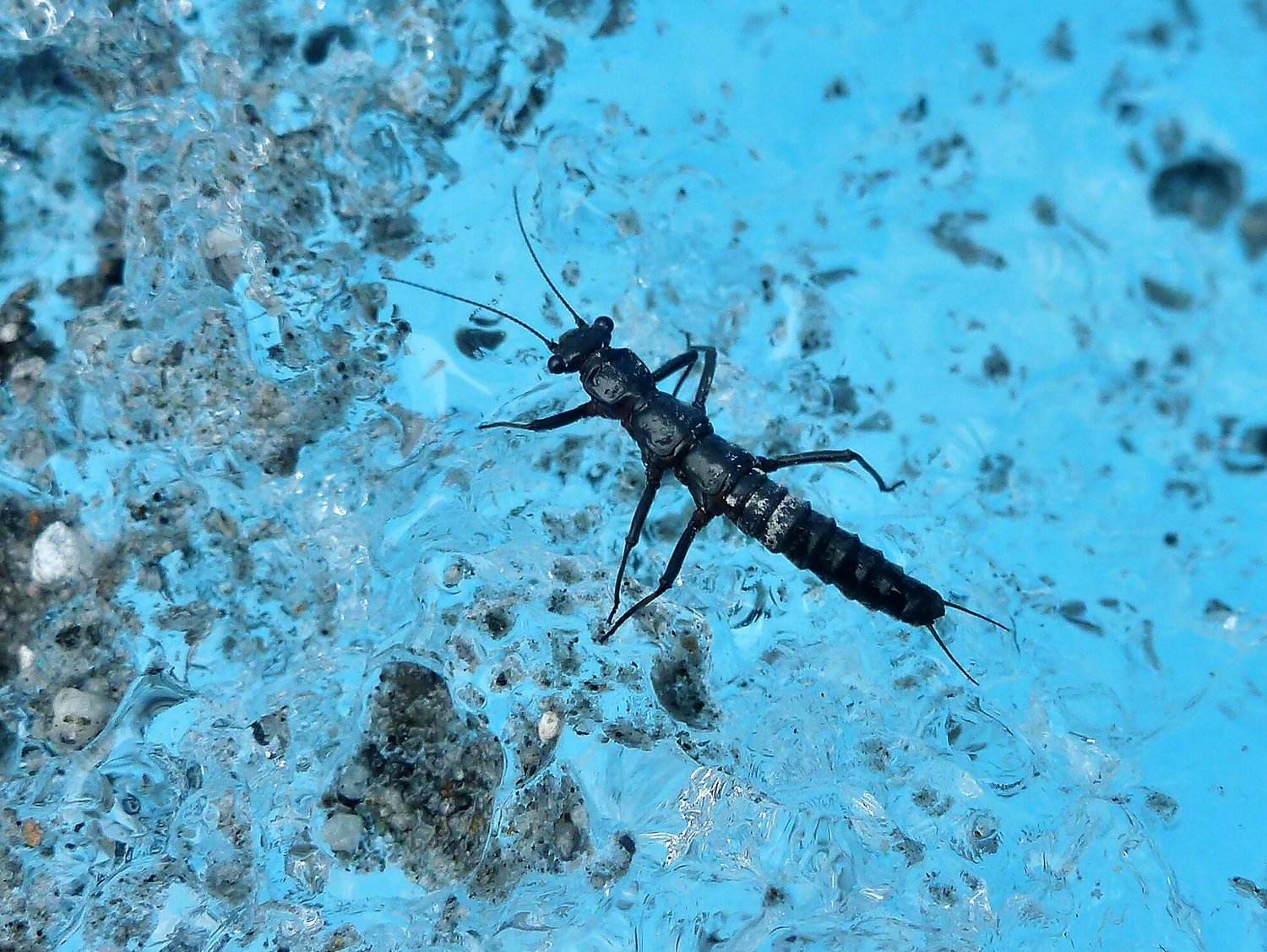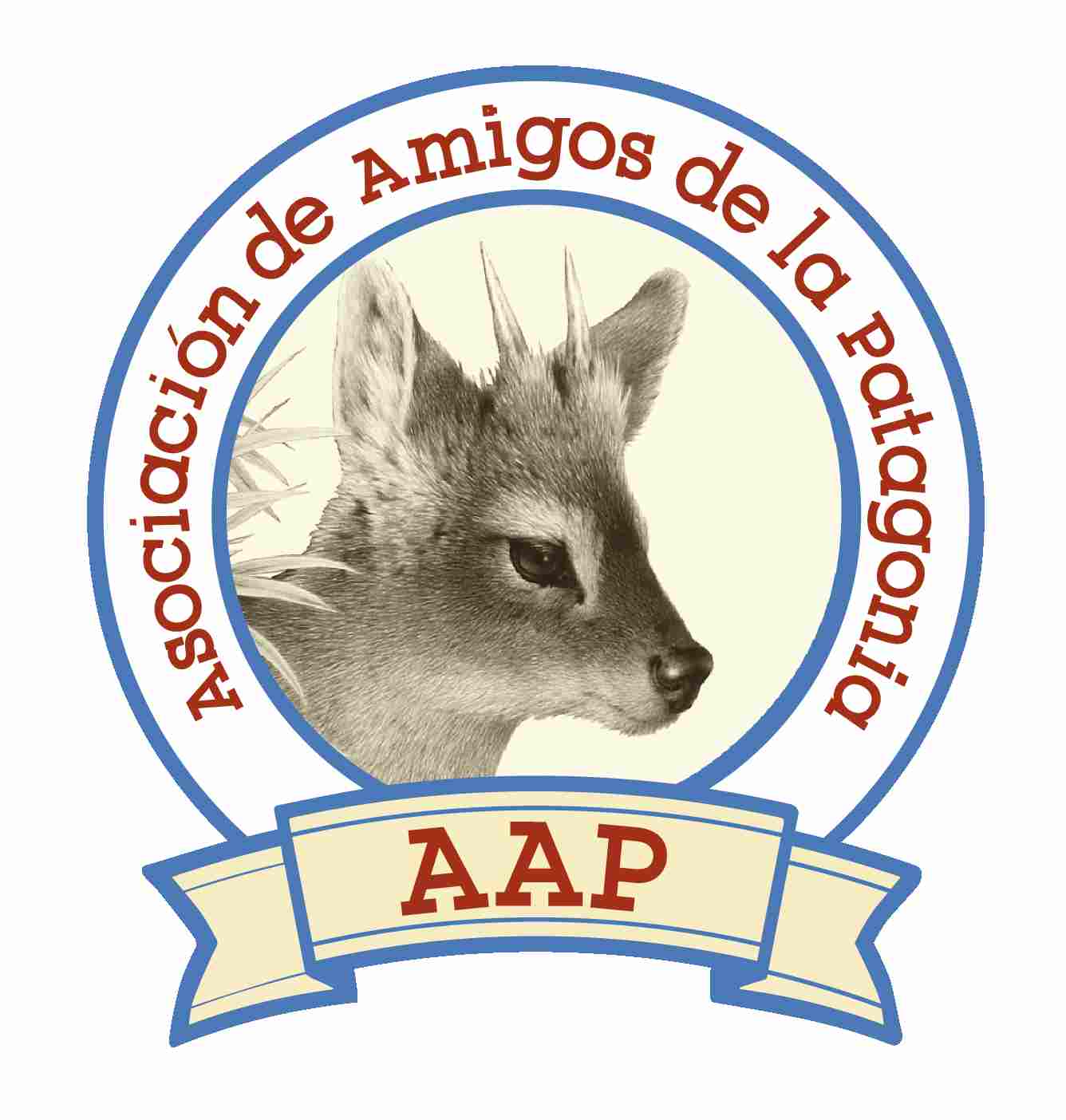
Patagonian Ice Dragon (Andiperla Willinki)
The Patagonian ice dragon, contrary to its name, is a small insect of the Gripoptrygiidae family and its scientific name is Andiperla Willinki (later we’ll explain the origin of its name). This creature is truly incredible. It measures 3 cm approximately, has 3 pairs of legs, abdomen divided into 11 segments, black and garnet and two compound eyes. It does not have wings. This insect does not need them because it is fully adapted to its environment.
It feeds on bacteria that live in the ice, deposited by the wind, also micro algae in the larval phases and organic waste from natural environments.
To prevent frostbite, the Patagonian Ice Dragon’s body has a natural glycerol-based antifreeze (similar to what it is used in car refrigeration systems), which prevents the insect from freezing to death.
Surprising discovery
The Patagonian Ice Dragon was first described in 1956 by a French biologist whose name was Aubert Willink. He did it based on a sample obtained from the Upsala Glacier, in the province of Santa Cruz, Argentina.
As it was first described many years ago, this insect was thought to be extinct. However, a French Expedition that happened in 2001 in Torres del Paine (Chile), which was exploring and discovering the secrets of the glaciers, found this specimen 40 meters below the surface of the ice. They named this tiny insect “Dragon of Patagonia”. From that day on, this insect became famous for its ability to survive on the ice.
Patagonian Dragons and custom tours in Patagonia
In Beyond BA Latam, we offer personalized tours in Argentina and Chile. Even though we don’t have tours focused on looking the Patagonian Ice Dragon, you may find it while exploring the glaciers of Patagonia.
We invite you to explore our following tours and tour sections with travel samples in Argentina and Chile:
0













